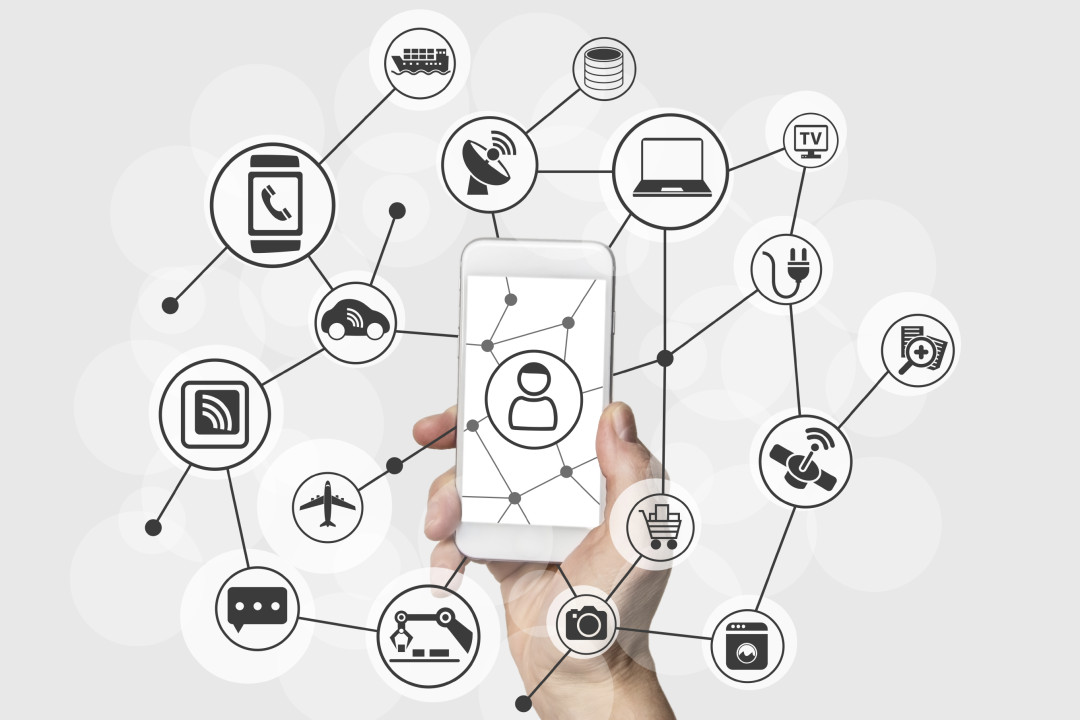IoT: What we know so far
|
|
The promise of IoT insight changing the game in any market where physical assets can leave a digital footprint has created an instrumentation arms race – but what use is the data itself being put to?
We’re currently running a research project to find out more about how organisations are deriving real business value from their operational use of IoT technologies. It’s still running, and if your organisation is putting IoT to the test (or even if you’re still in the early stages) and you have something to report, we’d love to get your input through our short web survey.
Here’s some of what we know from our work so far.
The Internet of Moving Things is being used by all sorts of organisations with an interest in ‘movement data’, including travel planners, taxi firms, and delivery companies. Transport data isn’t just benefiting those running transport networks. There are already examples of logistics companies trying out mobile delivery hubs to optimise journey times (rather than relying on a fixed warehouse site). And whole ecosystems of app developers are springing up to exploiting open data sources alongside their own to provide real-time advice to commuters on the move.
Examples of predictive maintenance span fixed assets (like buildings and utility networks) and mobile ones (like cars, locomotives, planes). Again, there are stories of car manufacturers reducing warranty costs and isolating root causes of failures by combining sensor data with aggregated information about their customers and their driving habits), and fleet operators saving millions of dollars in fuel and lost revenue due to repair outages by offering operational advice to their drivers, and timing maintenance schedules better.
But there’s also a danger of a feedback loop developing – a sort of inadvertent IoT Hawthorne Effect. As the time-to-value of any actionable insight based on sensor analytics reduces, so the chances increase that those people and systems acting upon will have an unintended effect on the environment under management itself. For instance, drivers’ GPS / satellite navigation services that exploit real-time traffic information to re-calculate the fastest route will tend to send more cars to those (suddenly) more favourable ones… thereby slowing down everyone who takes them up due to the increased volume of traffic. Unless there’s more intelligent balance in the system, it’ll lurch from avoiding and then creating bottleneck after bottleneck at busy times. In the days before GPS, road planners worked on a much more static version of driver coercion (i.e. road-signs which directed drivers to stick to those parts of the network intended to be used for higher traffic volumes from A-to-B, with corresponding levels of road quality to match). Nowadays, every road can end up a temporary main route if enough GPS drivers take heed of their dynamic re-routing… with potentially devastating consequences for sleepy villages and their country lanes.
There’s much more we’ll be sharing when our project’s wrapped up. Watch this space!
In the meantime – if your using (or planning to use) IoT in an operational setting, and you haven’t yet taken 5 minutes to complete our survey, we’d love your input. We’ll share the results with you: and in fact, as a ‘thank you’ for your help, we’ll give you a month’s free Premium membership to The Advisor so you can also explore our 100+ other Premium reports.
The post IoT: What we know so far appeared first on The Advisor.
Leave a Comment
You must be logged in to post a comment.








